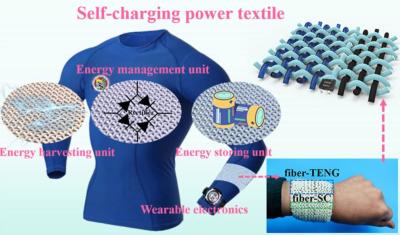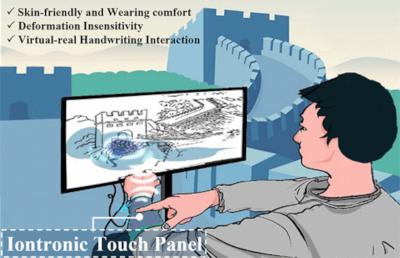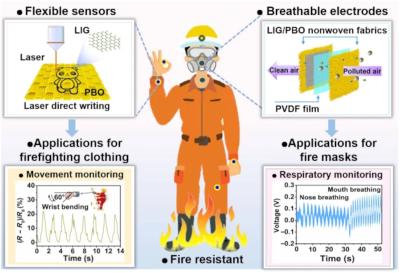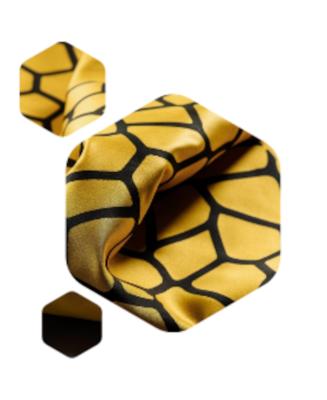Versarien reports interim results after "challenging period"; plans to regroup around Cementene and Graphene wear
Versarien plans to regroup around its commercial graphene applications (Cementene and Graphene Wear) in order to promote a recovery, while also cutting costs to stabilize the business, as the Company stated while also reporting its interim results.
In the results statement, Diane Savory, Versarien’s chair, said: "The period under review was extremely challenging from a financial perspective, both from a balance sheet point of view and with the decline in graphene revenues reflecting the ending of the DSTL development contract”. Revenues in the six months to end March 2023 were £2.62 million (2022: £3.89 million), with losses of £3.4 million (2022: £2.16 million), while cash at the end of the period £0.76 million with a further £0.53 million raised since.









